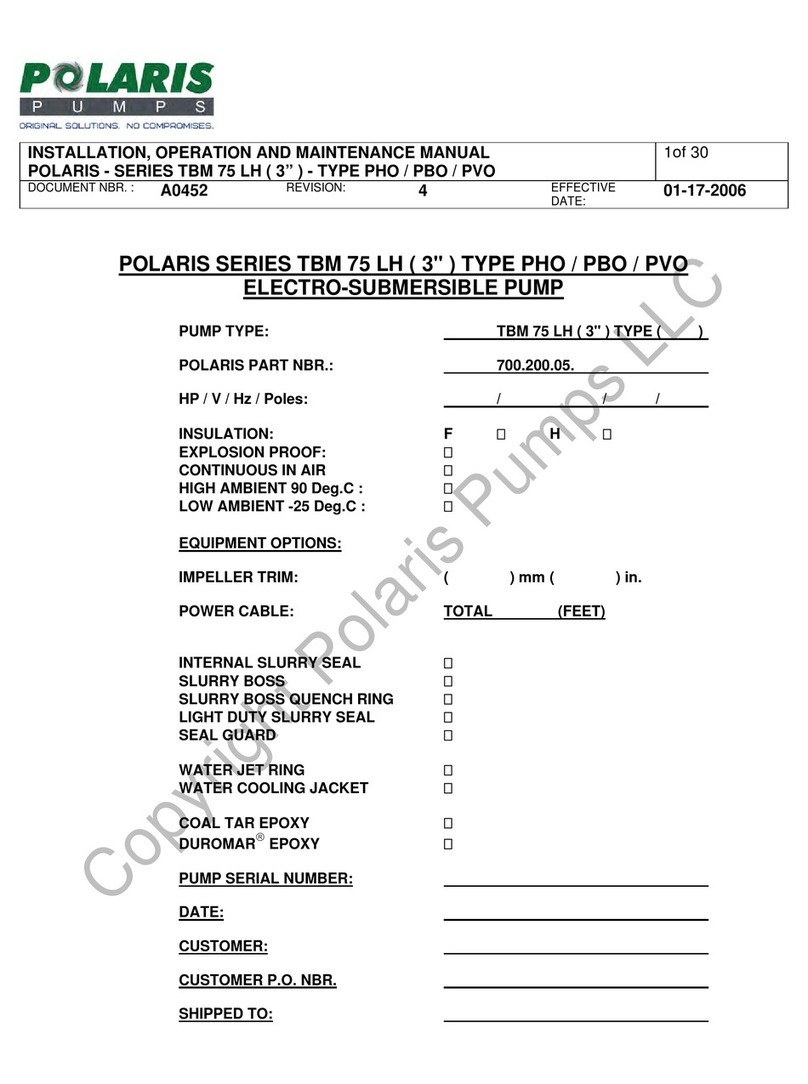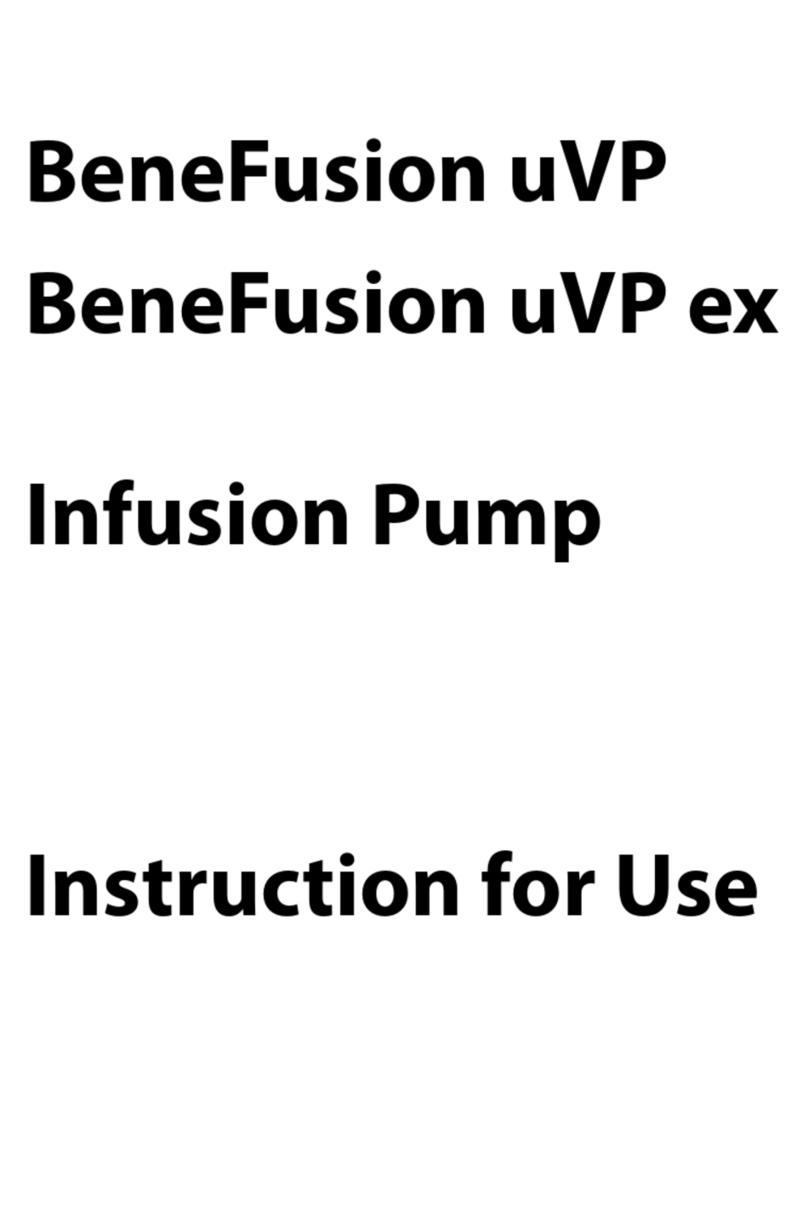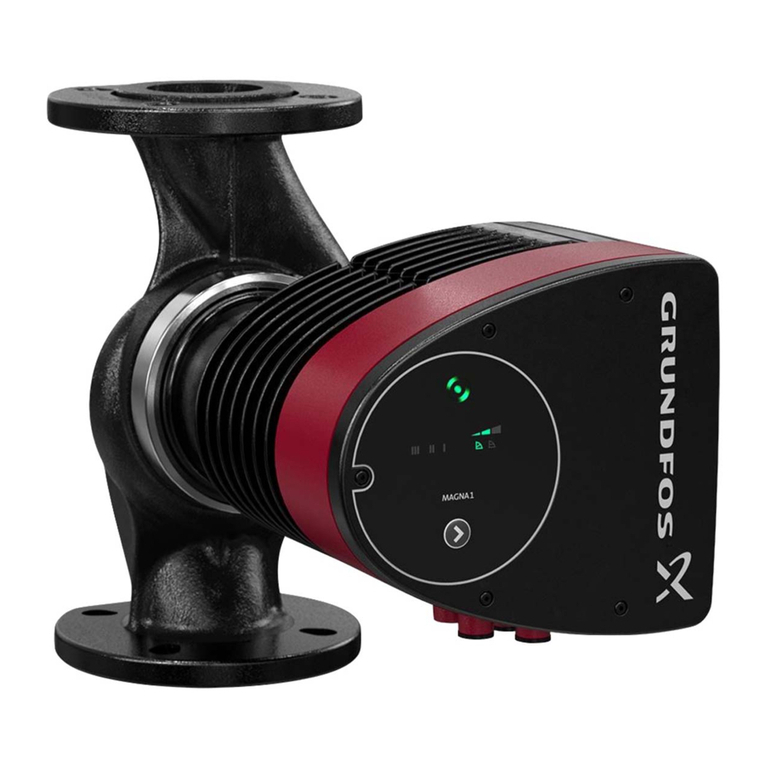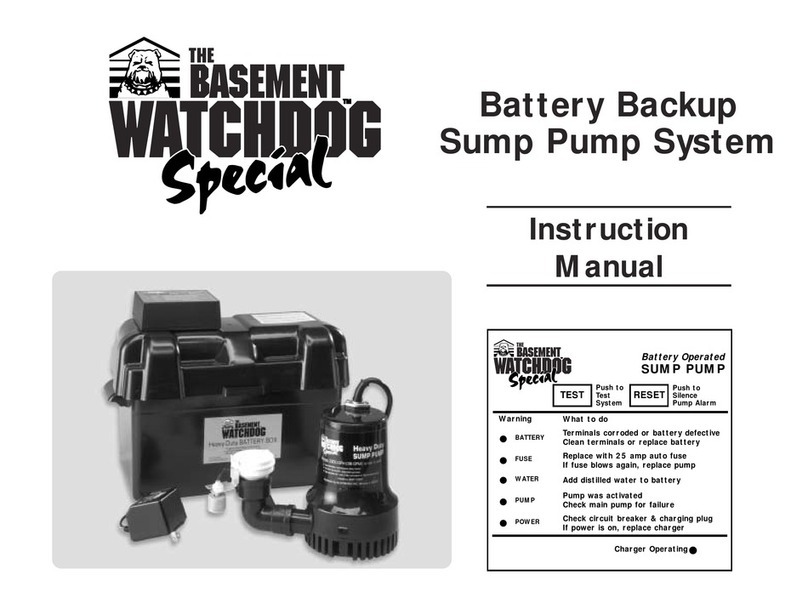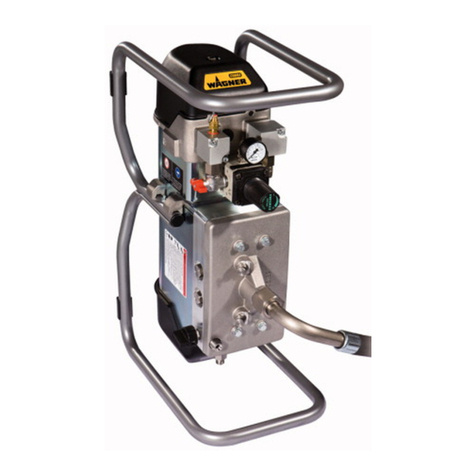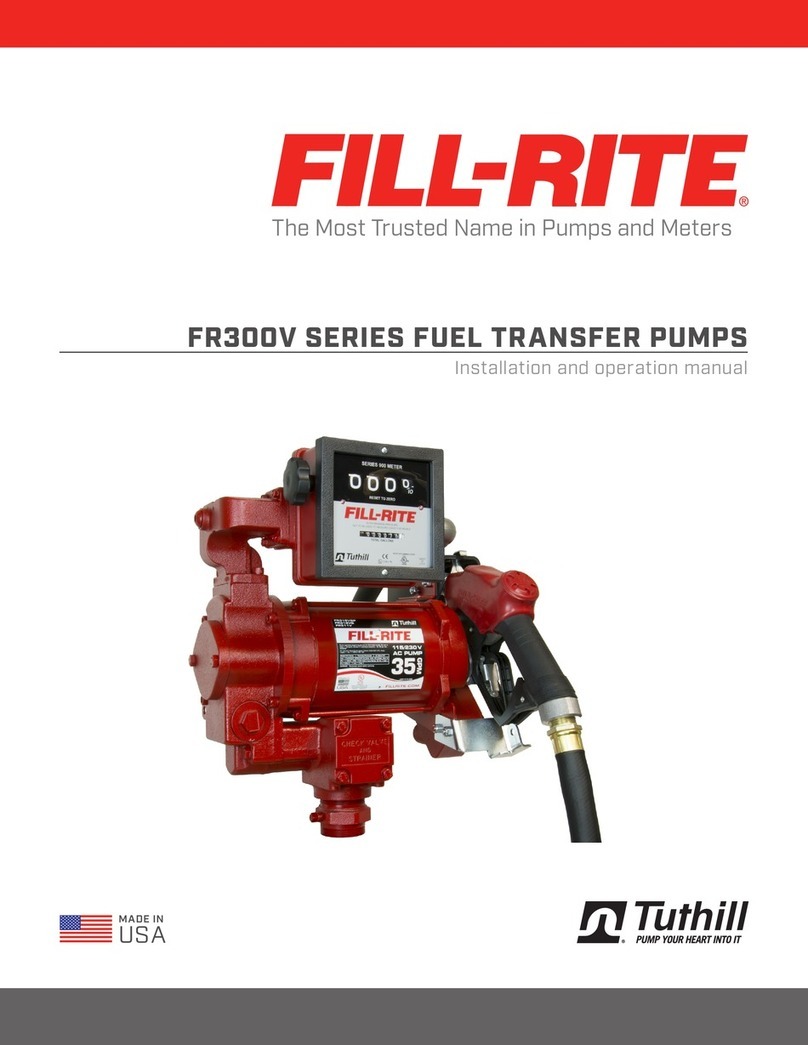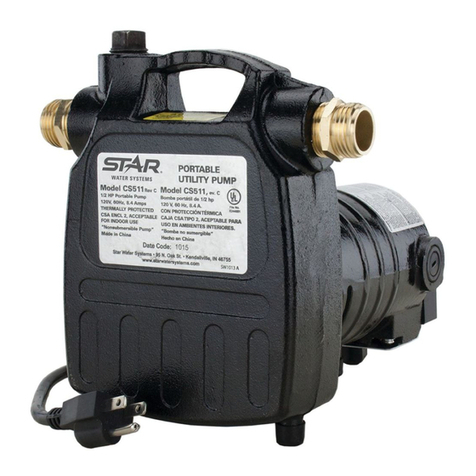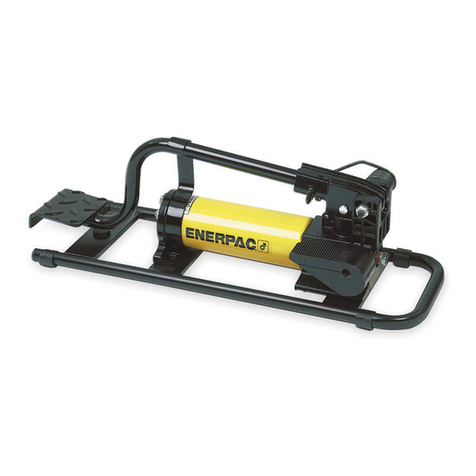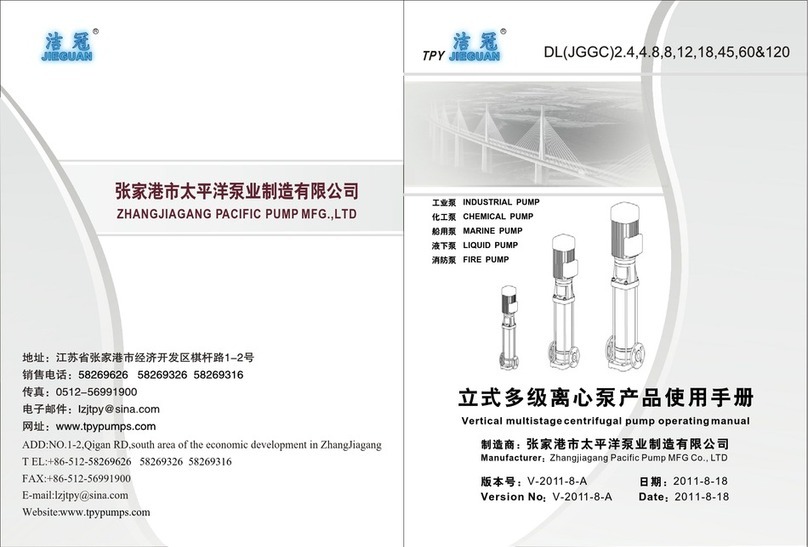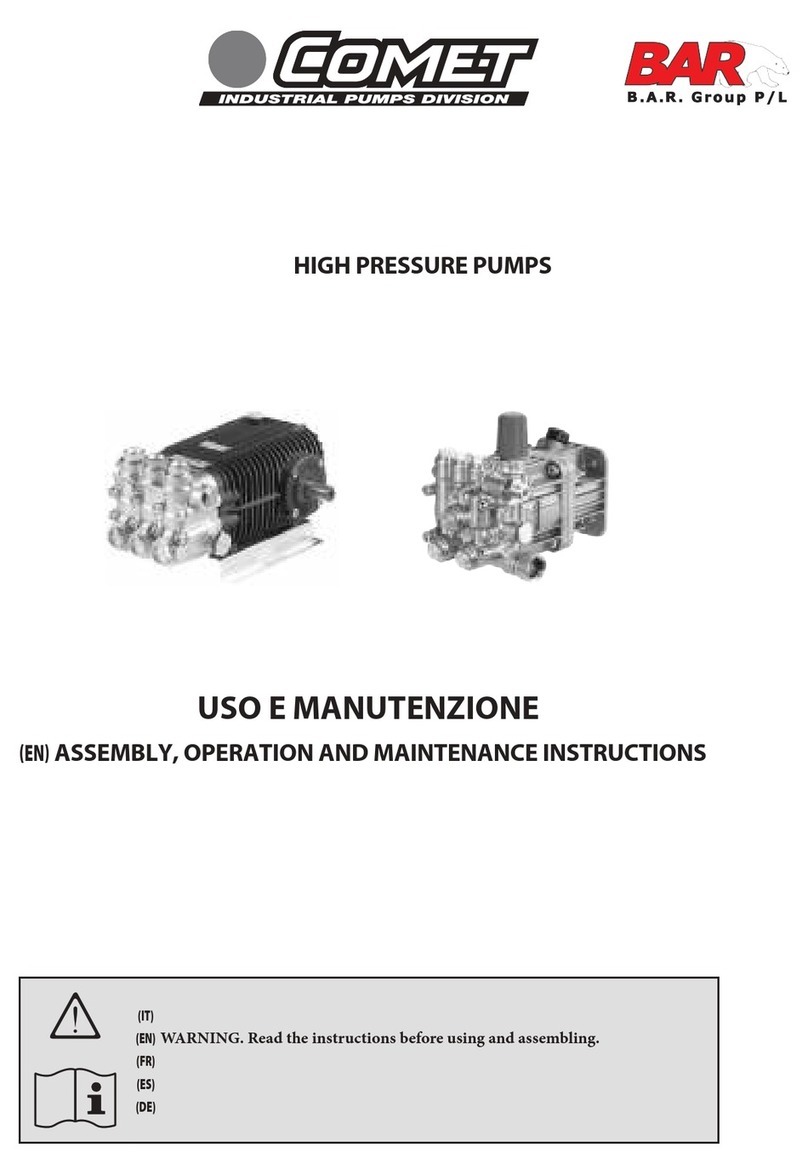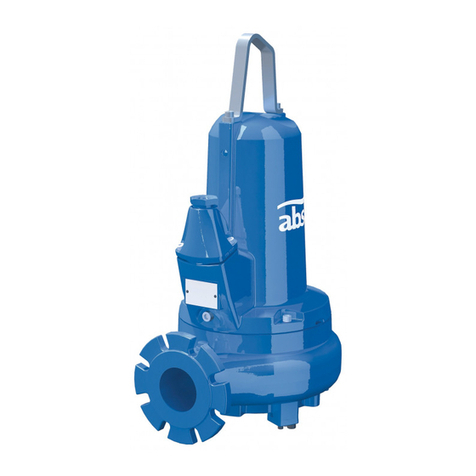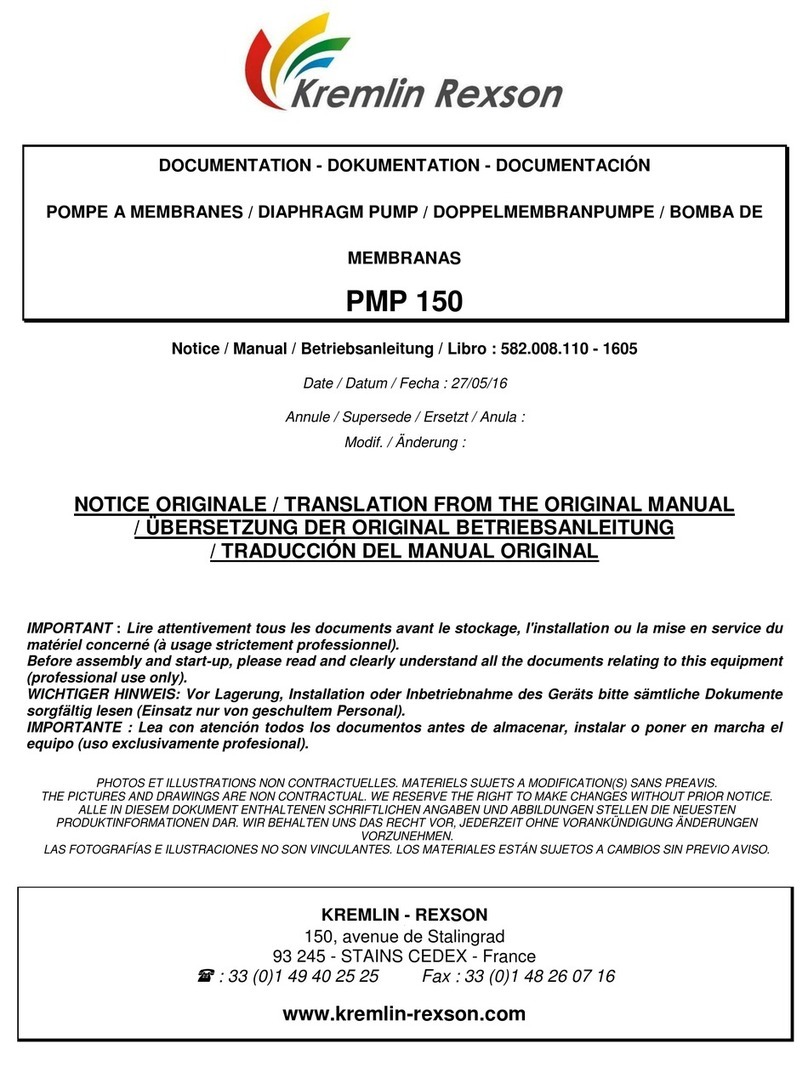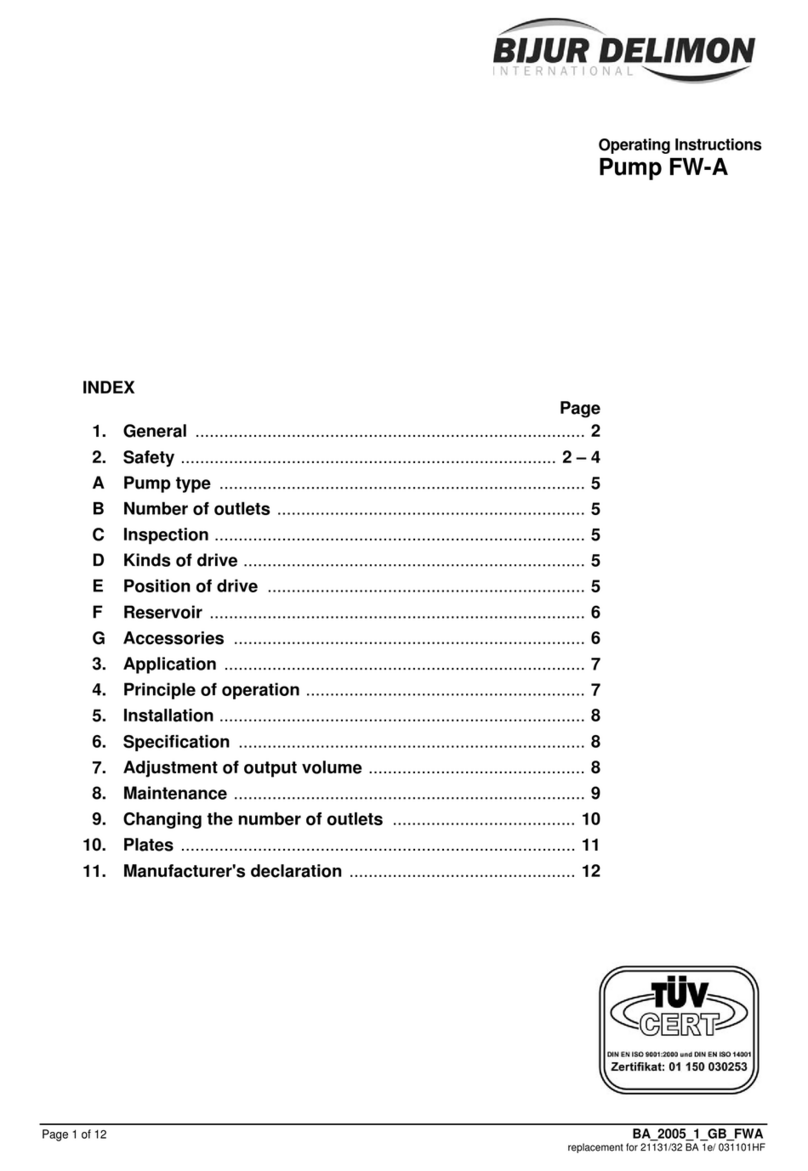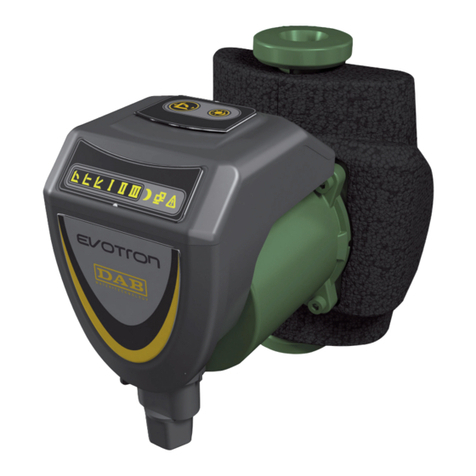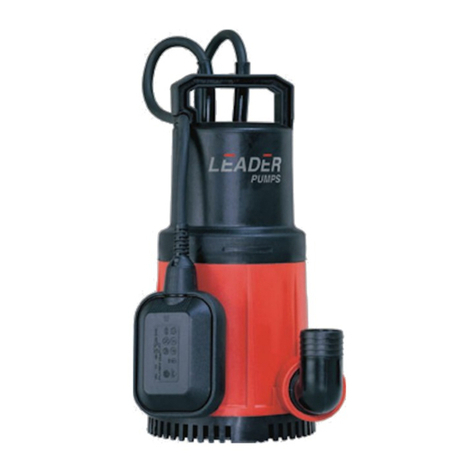
2
Given the different provisions applicable to the safety of electric systems in different
countries, make sure that the pump system, as concerns its intended use, is in
accordance with current
legislation.
Before starting the pump, make sure that:
The voltage and frequency specified on the pump’s nameplate coincide with those of the
available power supply;
there are no signs of damage to the pump or its power cord;
The electric connection is made in a dry place, protected against any risk of flooding;
The electric system is complete with a residual current circuit-breaker (30 mA) and an
efficient earthing connection;
Any extension cords must comply with the requirements for electric safety.
Fill the pump casing and suction hose with clean water before starting the pump for the
first time. If the pump is installed above the water level, filling must be performed slowly
until the water overflows; wait a few seconds to make sure that all the air has escaped
and top up until the level has stabilised.
If the pump is installed below the water level (below head), bleed the air from the pump
casing by opening the filler cap. The pump will fill with water independently.
Plug the pump into the socket, start the pump and wait for the water to exit. If water has
not exited within 2-3 minutes from when the pump was switched on, turn the pump off
and repeat the filling operation again.
Attaching the suction hose
Fit the suction hose from the water source to the pump making sure that the pump is
above the water level. Do not position the suction hose above the level of the pump (to
avoid air bubbles forming in the suction hose).
The suction hose should be mounted in such a way that it does not create any
mechanical stress on the pump.
The foot valve should be placed at least 12 inches below the minimum water level.
The pump will draw water only when the suction hose is completely filled with water.
The suction hose and the pump’s suction inlet should be of the same diameter.
Attaching the delivery hose
To get the best performance from the pump, it is recommended that the diameter of the
delivery hose is at least 1"
During the self·priming phase, all laps, valves, etc. on the delivery hose must be fully
open in order to allow the air inside the hose lo escape.
Before plugging in and starting the pump for the first time, it is necessary that the
suction hose and the pump are completely filled with water in order for suction to take
place. For use in wells or when the water level is lower than the pump, a suction hose
must be used that is equipped with the foot valve, This will allow the suction hose to
remain filled with water after the first time that it is filled and will prevent the emptying of
thehose when the pump shuts off automatically, avoiding any problems when restarting.











